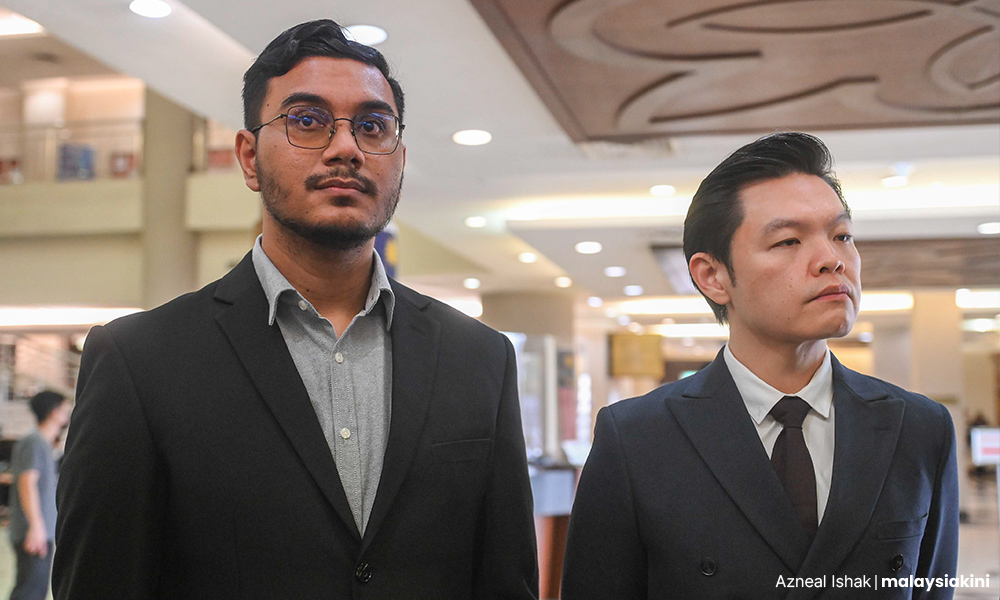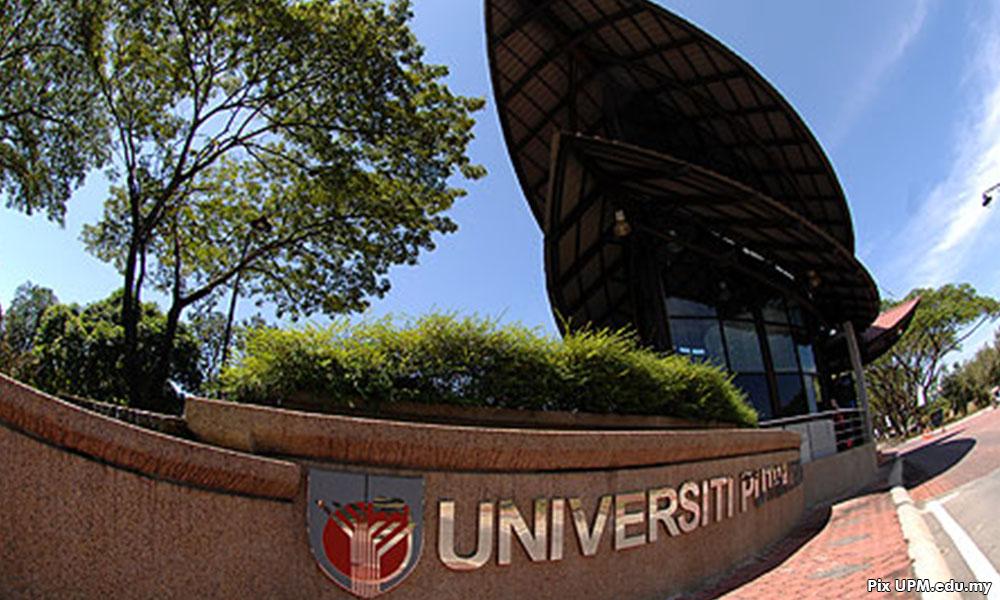“Through their work, artists can provoke thought, challenge norms and encourage dialogue.”
- Badrul Hisham Ismail
Well, I hope nobody’s feelings are hurt that I classify the “Malay” junk article by those two Universiti Putra Malaysia (UPM) academics as a work of fiction. Art if you will.
Filmmaker Badrul Hisham Ismail and many others have again reminded Malaysians that our free speech is threatened by the persecution of two filmmakers behind “Mentega Terbang” and, at the same time, the educational establishment is sanctioning the work of fiction by these two academics.
And really, when you pay someone to publish your works of fiction or otherwise, this is not predatory but merely a business transaction devoid of anything resembling integrity.
Predatory implies there are victims. There are no victims here. The always-on-point James Chin argued that “ketuananism” is a possible inclination behind the fictional Malay junk article and it is hard to argue with that.
Once you rewrite history or attempt to rewrite history whatever your motives, you are creating a work of fiction. It then becomes open to interpretation - not the kind UPM thinks that the social sciences and humanities are subject to of course.
Hence, the Malay “junk” article is another attempt to reimagine the polychromatic history of the “Malay” people to fit the delusions of superiority that benefit the political and religious classes of this country.

It attempts - again - to ignore the interconnectedness between the various races and religions historically present in this land in favour of a narrative that seeks to remind those who subscribe to it that Malay culture and history exist in a vacuum.
A compelling story
The film “Mentega Terbang” attempts to find common ground behind the various religious identities in this country. One work of art attempts to satisfy feelings of insecurities and the other attempts to explore the nature of religious commonality.
Now, I understand why some people would take offence at this because what we are supposed to discuss is how the educational establishment should sanction these academics.
The reality is that what we are dealing with is the battle between two different narratives.
People often forget that elections are won or lost based on how powerful the narratives of opposing political parties are. What we are dealing with here are narratives that shape not only how people relate to their fellow citizens but how they vote.
The state claims that a film like “Mentega Terbang” hurts the feelings of a certain community. Of course, the state does not care and should not get involved with the Malay junk fiasco - that is for the university to decide - about the narrative put forward by these two UPM academics. Why is that?
The “Mentega Terbang” narrative is a much more powerful narrative that the state is worried people may view other religions and their adherents as fellow travellers on the same journey.
Why do you think the state wanted a gag order on the filmmaker? Why do you think that the state wants to ban the film? When people begin questioning official narratives then people begin to think for themselves.

What these UPM academics did was merely further the cause of racial and religious superiority and to further entrench “ketuanan” (supremacy) principles.
Preeta Samarasan wrote - “This... is unbelievable. I knew something of the audacity of our rewriters of history, but rewriting history for our local textbooks is one thing, and rewriting it for international academic journals that should be peer-reviewed is quite another.”
Desensitisation
What “ketuanan” narratives do is desensitise people who subscribe to any kind of concept like ethics, integrity, and fidelity to principles other than racial and religious dogma. This is about indoctrination, not edification.
And really, the Malay “junk” article would be right at home in National Civics Bureau-type programmes. It reinforced narratives that the Malay culture was as advanced as those ancient cultures whose people inhabited “Malay lands”.
It assuages feelings of insecurity when it comes to the expansiveness of Indian and Chinese cultures. What we are talking about here is not education but rather propaganda. We are not talking about history but myth creation.
And this is why a work of fiction like “Mentega Terbang” is so hurtful to these people. It strips bare the lie that a specific society is immune from questioning or doubt. It strips bare the lie that other religions are a threat to the way of life of a specific community.
It is a narrative that challenges assumptions instead of enabling them.
The Malay junk research paper comforts those who believe that Malay history and culture are divorced from everything else in this country. It enables certain people to take comfort in a fictional history of a land that never was but which is claimed to be the sole province of the Malays.
Malays are constantly told that they owe everything to the non-Malays but what narratives like these hope to achieve is a foundation of independence beyond the messy communal relationships both economic and cultural that the “pendatang” (immigrants) bring to the table.
What “ketuananism” has done especially when it comes to the arts is to destroy anything that references a diverse Malay culture from the political landscape and replace art and history with mythological narratives of a people who never were.
Orwell said: “Who controls the past controls the future. Who controls the present controls the past.”
Remember that. - Mkini
S THAYAPARAN is Commander (Rtd) of the Royal Malaysian Navy. Fīat jūstitia ruat cælum - “Let justice be done though the heavens fall.”
The views expressed here are those of the author/contributor and do not necessarily represent the views of MMKtT.

No comments:
Post a Comment
Note: Only a member of this blog may post a comment.